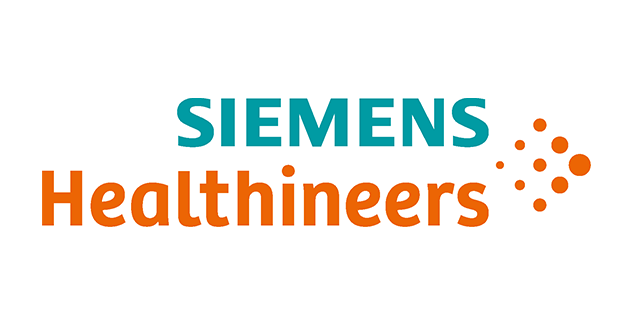What is cholesterol and how does it increase my risk of stroke?
Cholesterol is a fatty substance that circulates in your blood. Most of the cholesterol in your body is produced in your liver and is carried in your blood by proteins known as lipoproteins. There are two types of lipoprotein – low density lipoprotein (LDL) and high-density cholesterol (HDL). Stroke is linked to high levels of LDL cholesterol.
LDL cholesterol is often called ‘bad cholesterol’ because if there is too much of it this builds up on artery walls and can cause problems with your circulatory system – this is what increases your risk of stroke.
HDL cholesterol is also known as ‘good cholesterol’ because it helps carry bad cholesterol away from your blood cells and back to the liver, where it can be processed and removed from your body.
How do I know if my cholesterol is too high?
The only way to know if you have high cholesterol is to have a blood test, this can be done by a pharmacist, doctor or nurse. A cholesterol test will measure
• Total cholesterol
• Good ‘HDL’ cholesterol
• Bad cholesterol (LDL or non-HDL) – this makes you more likely to have heart problems or a stroke
• Triglycerides – a fatty substance similar to bad cholesterol
Healthy levels will vary from person to person and your doctor or nurse will be able to tell you what your levels should be, but as a general guide these are the levels which are considered healthy:
| Total Cholesterol |
5 or below |
| HDL (Good Cholesterol) |
1 or above
|
| LDL (Bad Cholesterol) |
3 or below |
| Non-HDL (Bad Cholesterol) |
4 or below |
| Triglycerides |
2.3 or below |
What causes high cholesterol?
For most people our cholesterol levels are a result of what we eat. A diet that is high in saturated and trans-fats will increase the levels of LDL cholesterol and increase your risk of circulatory disease and stroke.
Foods that are high in saturated and trans-fats include:
• Milk and white chocolate, tofee, cakes, puddings, and biscuits
• Deep fried foods
• Pastries and pies
• Fatty meat
• Processed meat, such as sausages, burgers and pâte
• Butter, lard, ghee, margarine, goose fat and suet
• Coconut and palm oils and coconut cream
• Full-fat dairy products such as cream, milk, yogurt, crème fraiche and cheese
Other risk factors include:
• A BMI greater than or equal to 25
• High blood pressure
• Diabetes
How can I reduce my cholesterol?
There are a number of ways that you can help to reduce your cholesterol. These will also help to address a number of other stroke risk factors. Below are sensible steps to take:
• Increase the amount of fiber in your diet – Eating more fiber, especially that found in eating fruit, vegetables, beans and oats has been shown to reduce LDL cholesterol. • Increase dietary omega 3s – Eating at least one portion of oily fsh, or increasing your consumption of seeds high in omega 3s can raise your HDL levels and support your body’s ability to remove LDL cholesterol from your bloodstream.
• Move more – Engaging in regular physical activity is a good way to reduce your total cholesterol, LDL cholesterol and triglycerides levels.
• Lose weight – Losing excessive weight is the best way to reduce your LDL or ‘bad’ cholesterol.
• Stop smoking - Smoking interferes with the body’s natural processes and contributes to higher cholesterol. Quitting will reduce your cholesterol, your stroke risk and your risk of a number of other diseases.
• Take medications to reduce cholesterol.
If your cholesterol levels cannot be managed by lifestyle changes, or if you have a number of risk factors for stroke, your doctor may decide to prescribe medication to help lower the levels in your blood stream.
The most commonly prescribed medication for high cholesterol is a statin. Statins reduce the amount of cholesterol your body makes. There are other medications that your doctor might consider if statins aren’t right for you. If your doctor prescribes statins for you it is important that don’t stop taking them unless you have discussed this with your doctor.
1 in 4 people are at risk of stroke in their lifetime, but by taking simple steps almost all strokes can be prevented.






















